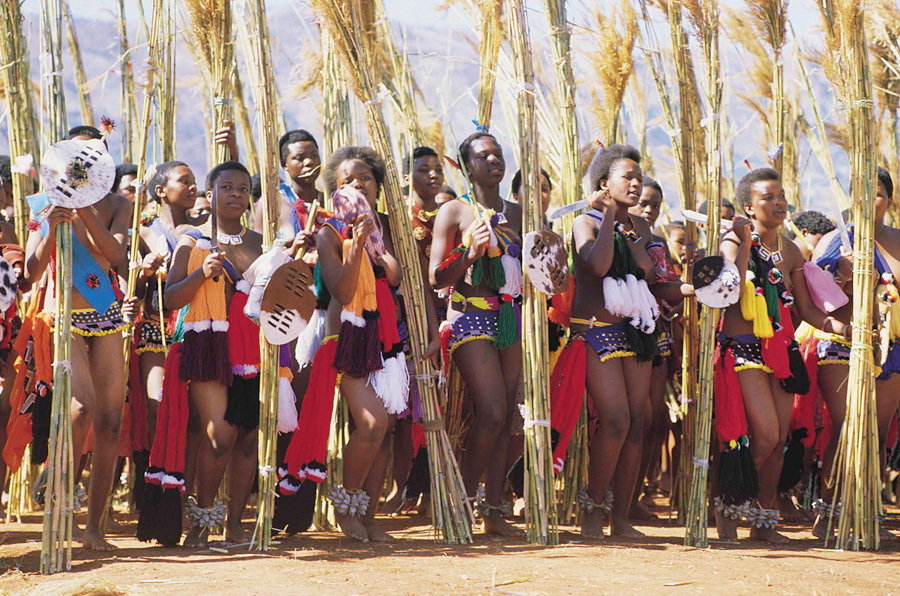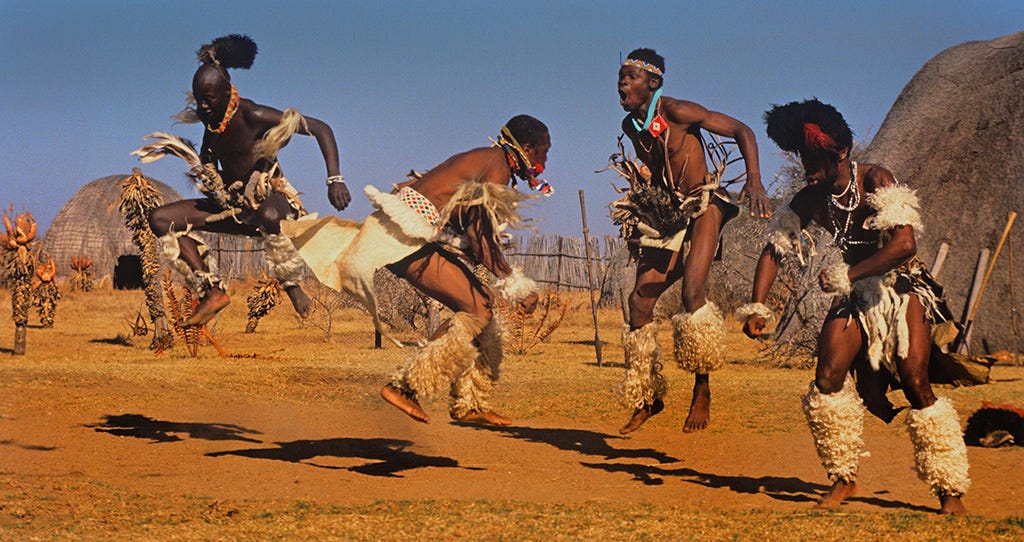The Buzz on South African Culture Today
The Buzz on South African Culture Today
Blog Article
The 7-Second Trick For South African Culture Today
Table of ContentsSouth African Culture Today for BeginnersThe Of South African Culture TodaySouth African Culture Today - TruthsIndicators on South African Culture Today You Need To KnowThe smart Trick of South African Culture Today That Nobody is Talking AboutGetting The South African Culture Today To Work
An issue of significance in Zambian towns is the passing away of enjoyed ones. All members of the town placed money, time and effort with each other for the funeral of the deceased.Music and dance is an extremely essential element of the Zambian culture. The different tribal devices have their very own dancing kinds; however, makishi is usual amongst all people.
How South African Culture Today can Save You Time, Stress, and Money.
When it concerns music, drums are made use of the most, with a selection of drumming events. In Zambia, bulk of individuals are Christian; Protestant and Roman Catholic. There are tiny groups of Muslims and Hindus, with the remainder adhering to regional indigenous tribal beliefs.

South African heritage and culture is greatly varied, and consists of several teams of people that each have their very own practices and ideas. Having such a diversity of individuals and cultures is what makes South Africa so one-of-a-kind. In real feeling of the phrase, we are a rainbow country.
South Africa has roughly 3 hundred thousand Portuguese individuals living in it. Making it the 7th on the list of nations with the most Portuguese people in it beyond Portugal. Portuguese is not just a culture, yet it is likewise a language and a nationality. Portuguese individuals stem from the nation of Portugal in Europe, however, due to Portugal (like several other countries in Europe) discovering the globe and overcoming various other nations during the 15th 20th centuries, South Africa has what we call Portuguese South African's living in it.
Getting My South African Culture Today To Work
Amongst the noticeable functions of the topography is a plateau that covers almost two thirds of the facility of the nation. The plateau complex rises towards the southeast, where it climaxes in the Drakensberg range, component of an escarpment that divides the plateau from the coastal locations. The Drakensburg includes Champagne Castle, the highest possible top in the nation.
The region north of the Witwatersrand, called the bushveld, slopes downward from eastern to west towards the Limpopo River, which creates the worldwide border. The western area of the plateau, the middleveld, also descends in the direction of the west and varies in altitude in between the highveld and bushveld. Between the Drakensburg and the eastern and southern shoreline, the land comes down to the sea.
Nearer the shore there is a low-lying level called the eastern lowveld. Southwest of the plateau the country ends up being progressively extra dry, paving the way to the stony desert of the Great Karroo, approached the eastern by the lower, much better sprinkled plateau of the Little Karroo. Separating the dry southerly interior from the sandy littoral of the southerly coastline and West Cape is an additional variety, the Langeberg.
The Main Principles Of South African Culture Today
The nation's racially, ethnically, and politically separated history has generated national and subnational symbols that still function as symbols of the country, and others signs that are accepted just by particular groups. The monuments to white inhabitant conquest and political dominance, such as the Afrikaner Voortrekker ("leader") Monolith in Pretoria and the Rhodes Monument recognizing the British colonial empire building contractor and Cape prime preacher Cecil Rhodes, stay sectarian icons.
The initial modern-day citizens were the San ("bushman") hunter-gatherers and the Khoi ("Hottentot") peoples, who herded livestock (South African culture today). The San may have been present for thousands of years and left proof of their visibility in thousands of old cave paints ("rock art"). Bantu-speaking clans that were the forefathers of the Nguni (today's amaZulu, amaXhosa, amaSwazi, and vaTsonga peoples) and Tswana-Sotho language groups (today's Batswana and Southern and Northern Basotho) migrated below east Africa as very early as the fifteenth century

Both former republics of the Orange Free State and Transvaal (South African Republic) were developed by Afrikaner settlers who beat and dispossessed the Basotho and Batswana. Lesotho would have been by force incorporated into the Orange Free State without the extension of British security in 1869. The best marriage of the country resulted from the South African Battle (18991902) between the British and the two Afrikaner republics, which decreased the country to mess up at the start of the twentieth century.
Afrikaners historically considered themselves the only real South Africans and, while giving full citizenship to all residents of European descent, rejected that standing to individuals of shade till the democratic shift of 1994. British South Africans preserve a sense of cultural and social connection to Great Britain without damaging Clicking Here their identification as South Africans.
Facts About South African Culture Today Uncovered
The diversity and fragmentation within ethnic collections and the equilibrium of stress between those groups throughout the twentieth century stopped interethnic civil conflict. While intergroup tensions over sources, entitlements, and political prominence continue to be, those problems are as likely to pit Zulu versus Zulu as Zulu versus Xhosa or African versus Afrikaner.
From colonial India, British merchants and administrators brought the curved steel decorative roofing systems and slim shoelace work columns that still exemplify the outdoor patios of homes arounds and cities throughout the nation. Houses of praise contribute an important building aspect also in the smallest communities. In addition to the rising steeples Click This Link and traditional stonework of Afrikaans Dutch Reformed churches, Anglican churches, synagogues, mosques, and Hindu shrines give range to the spiritual building scene.

Slaughtering and the brewing of conventional grain beer are crucial in securing the participation and a good reputation of the forefathers who are taken into consideration the guardians of good luck, prosperity, and well-being. Indian neighborhoods preserve their native cooking customs and apply them on Islamic and Hindu routine and ceremonial events. Afrikaners and Coloured individuals gather at weekends and special occasions at multifamily barbecues called braais, where area bonds are reinforced.
Because this was the main financial enterprise of both black Africans and white homesteaders, problem between those teams focused on the property of grazing land and livestock. In 1867, the biggest ruby deposits worldwide were found at Kimberley in the west central location. The wealth from those areas assisted finance the exploitation of the best gold coral reef worldwide, which was found on the Witwatersrand in 1886.
The Of South African Culture Today
This resulted in misunderstandings and purposeful misstatement in the ventures of white inhabitants and federal government authorities with African principals throughout the early american duration (South African culture today). In the establishment of African gets, some aspects of communal and chiefly "tribal trust" land tenure were maintained, and also in white backwoods, kinds of communal period were still practiced in locations with African areas
After the autonomous transformation of 1994, programs for land restitution, redistribution, and reform were set up, but development has been sluggish. The white minority still regulates eighty percent of the land. Following farming land intrusions in Zimbabwe, the Department of Land Affairs has actually YOURURL.com pledged to speed up land redistribution.
Report this page